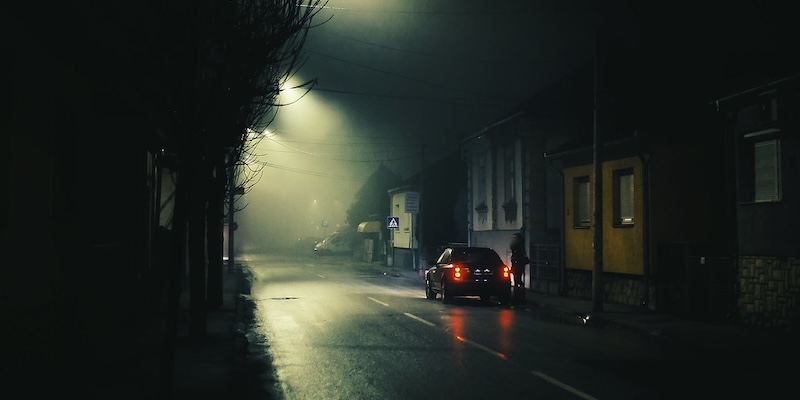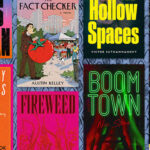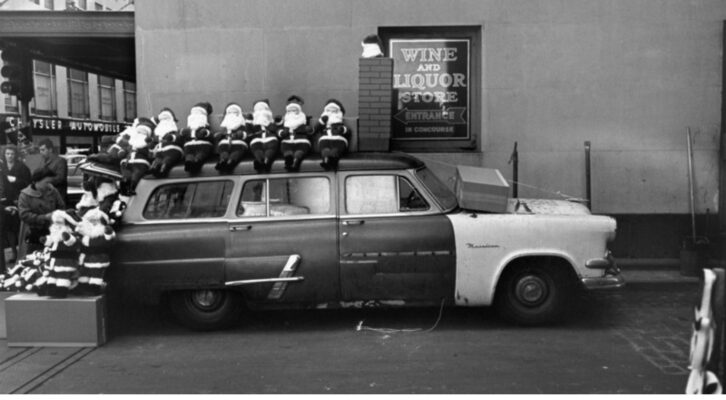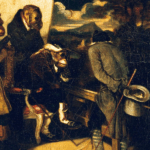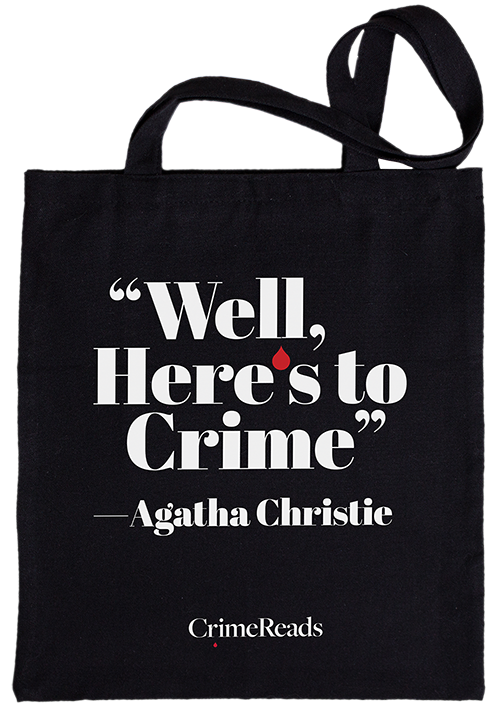Key West has all the usual draws as a mystery (or vacation!) setting: palm trees, turquoise water, Conch-style houses with eyebrow windows and gingerbread trim, bars open until 4 a.m. and festivals that encourage wild costumes and behavior. Our town perches on an exposed coral reef at the very end of the keys, as close as you can get to a Caribbean island without leaving the country.
Because of the hurricane season, it’s also perhaps the closest to a reckless choice for a home as one could make. Instant conflict.
Key West is also roiling with human conflict, with its delicate balance between development and environment, and its clashes between old-time Conchs (the natives) and newcomers, between the richest of the rich, the homeless, and the millions of partying visitors. Underneath its fashion-model looks, magical, whimsical, bizarro Key West has so many layers.
Yet it’s also a small town where it’s hard to get away with too much. Everyone knows the police chief and the sheriff, on Facebook even if not personally. If something nefarious happens, it appears on the Key West locals Facebook page within minutes.
In a car, there’s only one way out—a hundred and twenty miles the length of a two-lane highway and a series of bridges. It’s the perfect setting for a murder mystery series.
I’m far from the only writer who’s chosen a small-town setting for a mystery. Underneath the charm and familiar faces, a tight knit community can breed secrets and grudges, and very personal motives for murder.
A great mystery setting becomes a character of its own—a place that readers yearn to visit. A place on the precipice of something happening. A place filled with secrets, and conflicts, and places to hide.
Some of my favorite mystery writers have chosen small towns that provide perfect mystery settings—such as Julia Spencer-Fleming’s Millers Kill, New York; Sarah Stewart Taylor’s Bethany, Vermont; Ann Cleeves’ Lerwick, Shetland; and Jenn McKinlay’s Briar Creek, Connecticut.
Stewart Taylor’s Bethany, Vermont teeters on the precipice of a lot of change. She says,
I wanted to show how the various global and national upheavals of the 1960s impacted the residents of a fictional Vermont town. In many ways the daily rhythms of life in Bethany would have been familiar to previous generations, but there are also seismic changes afoot, from the Cold War and Vietnam to civil rights and changes to farming practices and state government, and of course the construction of the interstate highway system.
It seemed like a really fun way to explore community and character—and secrets.
Julia Spencer-Fleming’s Miller’s Kill series explores the darker edges of a seemingly quiet Adirondack village through the eyes of an Episcopal priest and a police chief. She says:
Small towns have all the same vices, crimes and secrets as large cities—except in a small town, you know the people involved. As a writer, this gives me a chance to explore the effects of the crime in a different way. Tearing the social fabric affects the investigators more intimately, and it ripples through the lives of the friends and family members of everyone involved.
It’s the same with the economic shocks and changes occurring in a former mill-farming-logging town that’s now supporting itself with tourism. When a business goes under, it’s not just a story in the news; someone you know has lost their job. It’s all an interconnected web, for good and for ill.
Jenn McKinlay’s Library Lover’s Mysteries, set in the fictional seaside town of Briar Creek, CT, prove that even a cozy library in an adorable town can be a hotbed of danger.
“Briar Creek is a fictional version of the Connecticut villages where I spent my formative years,” says McKinlay. “Whenever I write a library lover’s mystery, I’m going home. The quaint towns, the close-knit communities, the glorious seasons, and the families that have resided in these places for generations all provide a perfect backdrop for a puzzling mystery with a comforting tone.”
Ann Cleeves’ Shetland series follows detective Jimmy Perez, who grew up on Fair Isle, one of the far-flung Shetland islands. He’s an islander who will always feel like an outsider. Cleeves says,
Shetland has the atmosphere and space of Nordic novels, so it gives me the best of both worlds: an enclosed community where everyone knows each other and the kind of bleak beauty that provides a chilling backdrop. In close-knit communities, any tragedy hurts everyone, because there’s always a personal connection.
After eight books, I’d written all I wanted about Shetland, but recently, I was haunted by a longing to go north again, by a kind of homesickness for island landscapes, so I’ve brought back Jimmy Perez in a new story, The Killing Stones, this time set in Orkney.
There’s something irresistible about a small town. Maybe it’s the picket fences, the Friday night bake sales, or the way everyone knows your dog’s name.
But beneath the charm, these tight-knit communities are also the perfect breeding ground for secrets—and for mystery. There’s a reason readers keep returning to these fictional towns: they feel real, familiar, and emotionally rich. In a place where everyone knows everyone else, motives can run years deep and grudges can fester just beneath the surface.
It’s the intimacy of these communities that makes every twist more personal—and every reveal more satisfying. As Miss Marple used to say about St. Mary Mead, “there is a great deal of wickedness in village life.”
***

